From elegant nigiri sushi to rich bowls of pork-laden ramen, Japanese food has become famous throughout the world. But Japanese cuisine is far more than sushi and ramen. Cuisine in Japan is incredibly diverse, emphasizing both seasonality and quality of ingredients. Food in Japan can be light and refreshing, evidenced by tsukemono (pickled vegetables) or buckwheat soba noodles. It can rich and hearty, like Japanese fried chicken or curry. An island nation famous for seafood, Japan also produces some of the best beef in the world.
Related Guides
Washoku: Traditional Japanese Cuisine
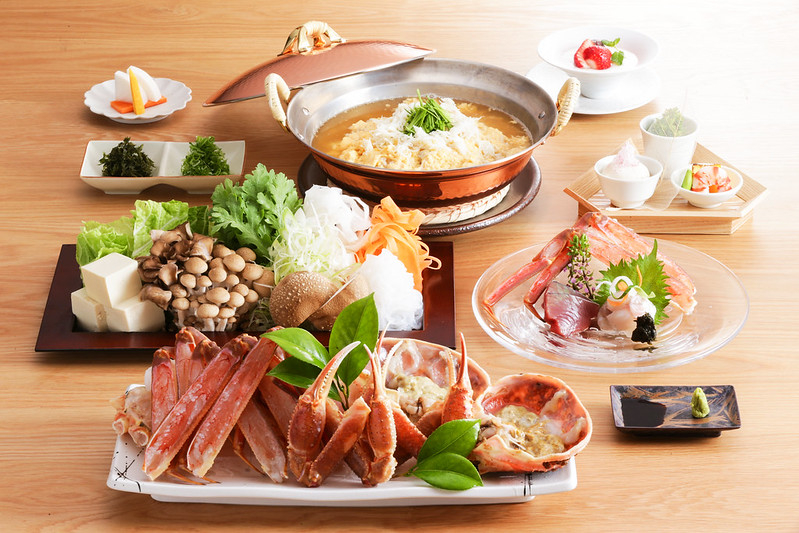
Traditional Japanese cuisine is known as Washoku (meaning ‘harmony’ and ‘to eat’). Washoku’s philosophy focuses on the harmony of ingredients that’s both visually appealing and nutritious. Washoku centers on the classic staples of Japanese cuisine: rice, seafood, ocean vegetables like kombu kelp, pickles, and seasonal vegetables.
Washoku is a relatively modern classification. Coined in the Meiji Period (1868-1912) of Japan’s modernization from its isolated feudal period, Washoku was created as a classification to distinguish itself from the new incoming cultural influences. As Japan modernized, its cuisine changed rapidly, creating many of its now best known international dishes.
The International Influences on Japanese Cuisine
Despite Japanese cuisine’s reputation for tradition and authenticity, the cuisine contains an array of influences from other cultures. Yakiniku, the table-side meat barbecue that’s become a staple of life in Japan, is a derivative of Korean barbecue, brought to Japan by Korean migrants. Tempura was adapted from frying techniques introduced by Portuguese merchants in the 16th century. Ramen was created in Japan by Chinese immigrants and did not reach widespread popularity until after World War II.
An interesting factor about traditional Japanese cuisine is its lack of meat consumption. Wagyu beef might be famous currently, but for centuries, meat eating was a strict taboo in Japan. This was the result of Emperor Tenmu in 675 A.D., a devout Buddhist who passed a decree banning beef, horse, dog, chicken, and monkey consumption. Buddhism, which came to Japan from China, considered meat eating “unclean” and “corrupt.”
Yoshoku: Western Food
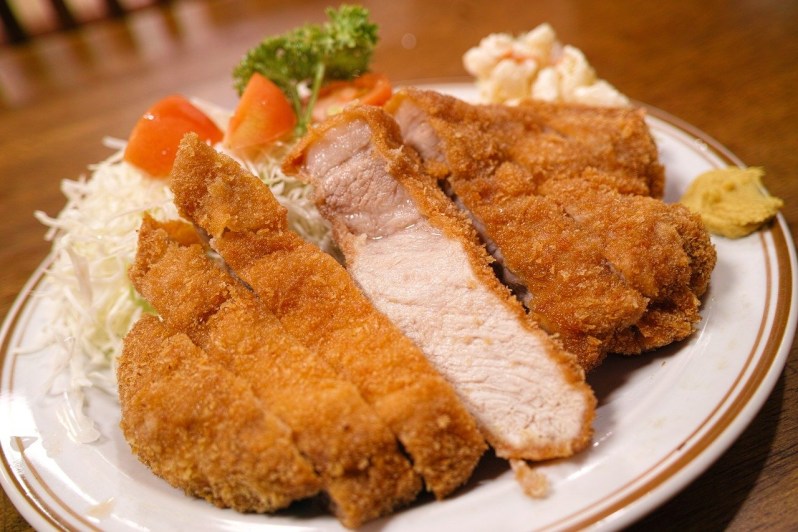
In contrast to Washoku is Yoshoku (western food). This classification of food features dishes with European origins that appeared in Japan after its modernization in the late 19th century. Many of the most popular Japanese dishes are Yoshoku: fried pork tonkatsu cutlets, Japanese curry, hambagu steak, croquette and omu-rice (fried rice covered by a soft egg omelette). Japanese curry arrived in the island via the British, who through their colonization of India had integrated their own version of curry into the British national diet.
Although these dishes might have origins in European cuisine, Yoshoku has become an integral part of Japan and is considered by most Japanese to be a fundamental part of their cuisine.
Chuka: Chinese Food
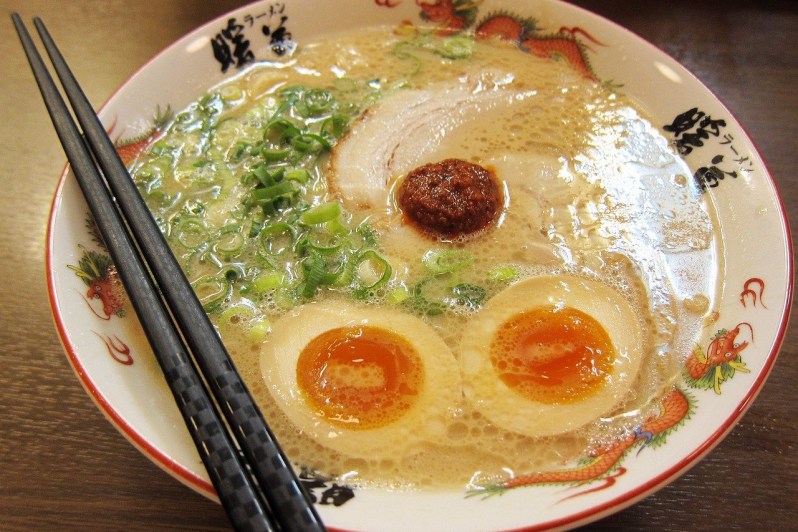
China is Japan’s largest historical culinary influence, giving the island rice, soy sauce and tofu, all critical elements of Japanese cuisine. Buddhism was also imported from China, which was the foundation for Japan’s centuries-long meat taboo.
Japan has its own native style of Chinese food, with dishes like Hiyashi Chuka (a cold noodle dish with meat and vegetables) and Ebi Chili (a shrimp dish in a spicy and sweet sauce) that also appears in China. Many of the most prominent Japanese dishes are Chinese in origin, including karaage (Japanese fried chicken), gyoza (fried dumplings) and ramen.
Seasons and Regions
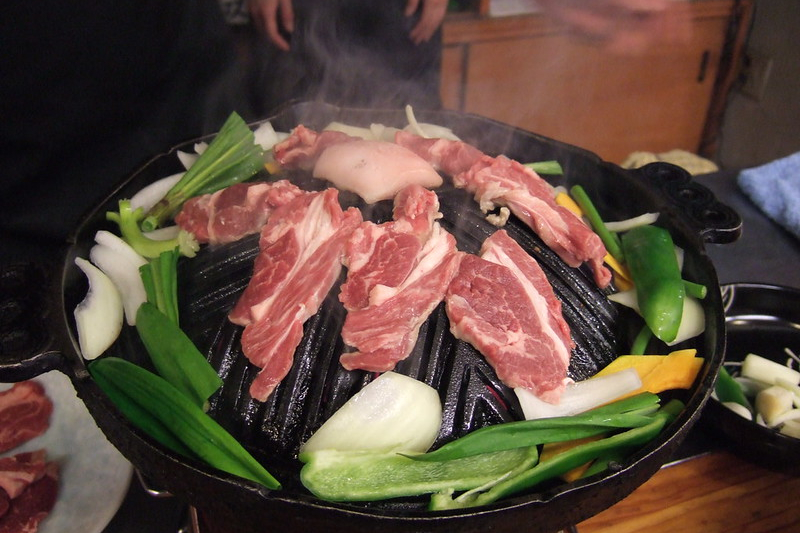
Japanese cuisine places a huge emphasis on seasonal eating. Most restaurants and grocery stores in Japan will heavily feature dishes depending on the changes of the season. For instance, fish like sea bream reaches its peak in spring and will be a widely featured ingredient during that season. Even sake has seasons, such Hiyaoroshi and Akiagari sake, which is considered a fall specialty.
Regions are another rich factor in Japanese cuisine. The Japanese are intensely proud of their regional foods and it’s common for Japanese tourists to visit areas solely for the local delicacies. Regional foods can be quite different. For most of Japan, lamb is rare. But in the northern island of Hokkaido, locals commonly eat a style of lamb barbecue called jingisukan, named after the Mongolian warlord Genghis Khan.
Shokunin: The Art of the Artisan
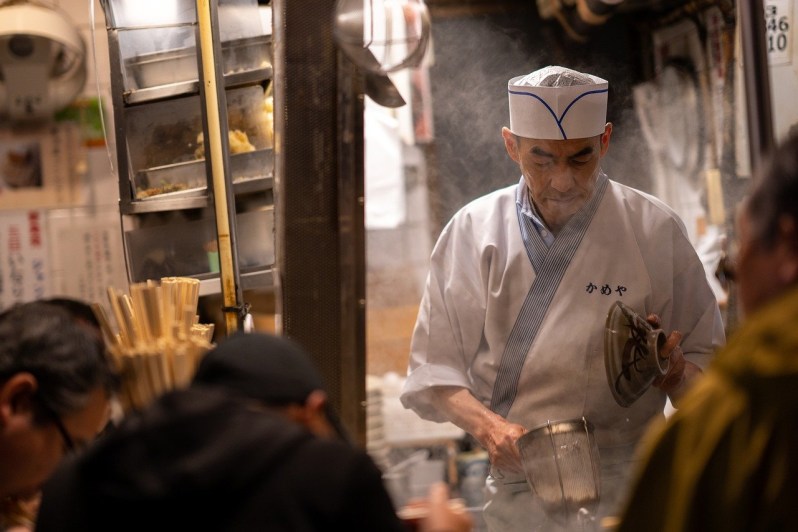
To truly understand Japanese cuisine, it’s important to recognize the concept of shokunin. Defined as artisan, the true meaning of the word is deeper, akin to “the pursuit of perfection.” Central to this concept is a philosophy of life where one continuously strives for perfection. To be a shokunin is as much a spiritual journey as a physical one. The shokunin pursuit can be seen in countless examples, ranging from the world-class knife makers of Japan to the infamous sushi chef Jiro Ono of Jiro Dreams of Sushi.
Tori Kara-age (Japanese Fried Chicken)
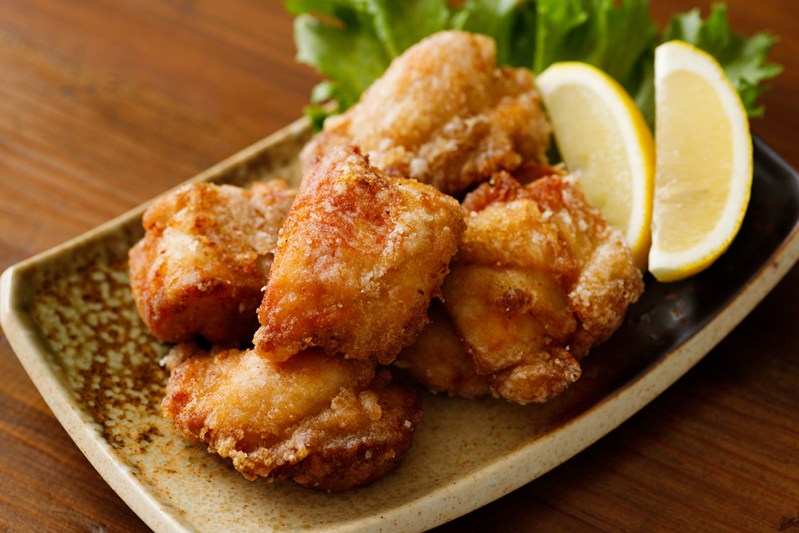
(By chef and cookbook author Tadashi Ono)
Tadashi Ono is a celebrated chef who has won praise for both his Japanese and French cooking in The New York Times, Gourmet, Food & Wine, and other publications. Born and raised in Tokyo, Tadashi began training as a chef at the age of sixteen. Throughout his career, he has worked at restaurants such as Le Petite Chaya, L’Orangerie, and La Caravelle. After spending 9 years as the executive chef of La Caravelle, one of America’s top French restaurants, Tadashi felt the pull of his Japanese cooking roots and opened up the fine dining restaurant Sono. In 2003 he launched Matsuri, where he introduced vibrant, modern Japanese cooking to wide acclaim. Tadashi is also the co-author of “Japanese Hot Pots,” and “The Japanese Grill,” (Ten Speed Press).
Ingredients:
- 1 lb. boneless chicken leg meat, cut into bite-sized pieces ( about 1.5 inch cubes)
- 2 tsp, grated garlic
- 2 tsp, grated ginger
- 2 tbsp, soy sauce
- 2 tbsp, sake
- 1/4 tsp, white pepper (ground)
- 3 tbsp, Japanese mayonnaise
- 1 cup, flour
- 1/2 cup, potato starch
- 1 quart, vegetable cooking oil
- 2 tbsp, sesame oil
- 4 pieces, lemon wedge
Method:
- In a bowl, place chicken, garlic, ginger, soy sauce, sake, and white pepper. Mix well.
- Add mayonnaise to chicken mixture and mix. Set aside and marinate for 15 minutes. The addition of Japanese mayonnaise makes the chicken extra juicy and moist.
- In another bowl, mix flour and potato starch. Sit aside.
- In a pot, add cooking oil and heat to 320 degrees Fahrenheit. Once temperature has been reached, add sesame oil to the preheated cooking oil. Sesame oil gives an enhanced fragrance to the chicken.
- Coat chicken pieces one by one with the flour mixture.
- Cook the chicken in oil for about 3 minutes. Once done, take the chicken pieces out and set aside.
- For the second fry, heat the cooking oil up to 356F. Place chicken pieces back into oil and cook for another 1 minute. This second frying process will give the fried chicken a crispier coat.
- Take out chicken pieces. Serve with lemon wedges.



